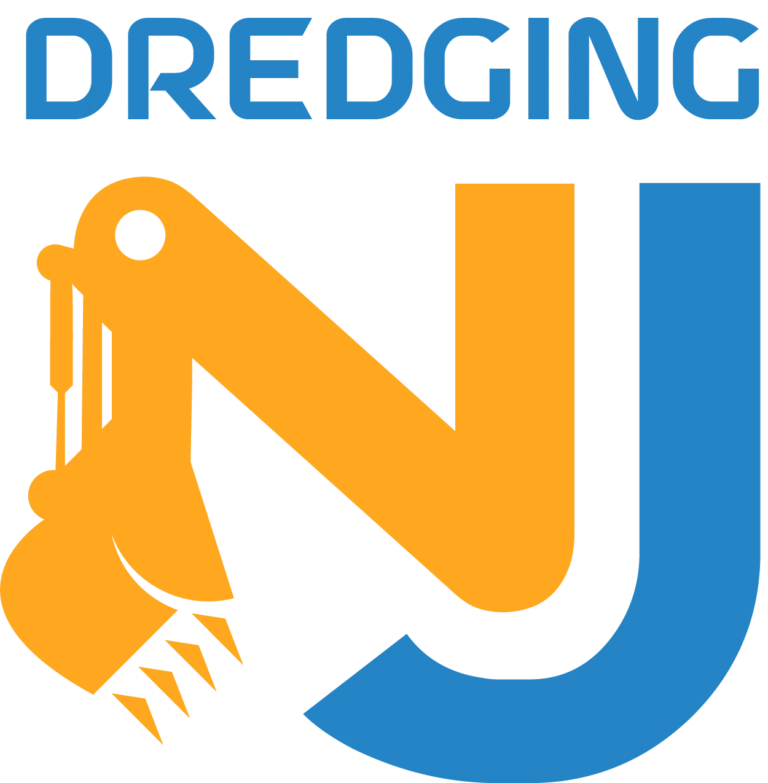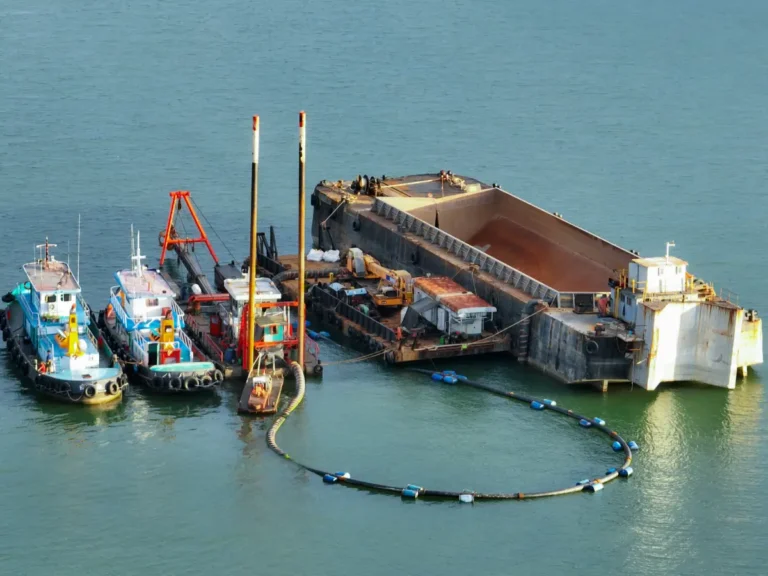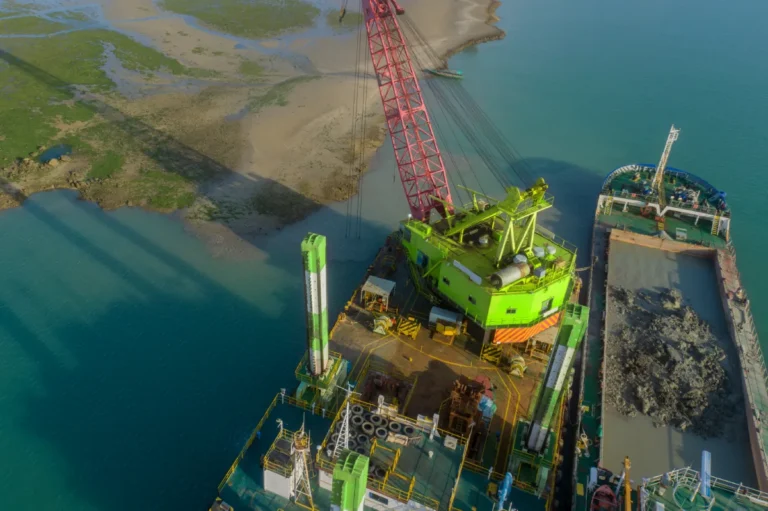Maintenance dredging is an essential operation that involves removing accumulated sediments and debris from water bodies, including lakes, rivers, coastal areas, and harbors. The primary goal of dredging a lake or other waterways is to maintain or enhance navigability, improve water quality, and ensure the ecological health of aquatic environments. Regular lake dredging helps prevent sediment buildup that can lead to restricted water flow, flooding, and reduced water capacity, ultimately protecting infrastructure and surrounding communities.
Dredging coastal areas, rivers, and lakes plays a critical role in managing sedimentation, which is accelerated by natural processes such as erosion, runoff, and storms. Specifically, dredging a lake ensures that vital freshwater resources remain accessible for recreational activities, water supply, and habitat conservation. Additionally, using an appropriate dredge for lake environments can effectively address issues such as eutrophication, algae blooms, and overgrowth of aquatic vegetation, thereby contributing significantly to overall ecosystem stability.
Beyond environmental benefits, lake dredging operations have profound economic and technological implications. Economically, effective dredging practices can reduce long-term maintenance expenses by mitigating flooding risks, maintaining navigational channels, and preserving property values. Technologically, advances in dredging equipment and monitoring systems have revolutionized the efficiency of sediment removal projects. Innovations such as automated dredging systems, precise GPS navigation, and environmentally friendly dredge for lake applications ensure optimal outcomes with minimal ecological disturbance.
The Importance of Maintenance Dredging for Coastal and Inland Waterways
Maintenance dredging is a routine yet vital process that involves periodically removing sediment, silt, and debris from water bodies to maintain their intended depth and function. Unlike capital dredging, which aims to deepen or widen a waterway, maintenance dredging focuses on maintaining safe navigation, preventing floods, and preserving overall ecological balance. Whether it’s a coastal harbor, an inland river, or a freshwater reservoir, consistent dredging operations are crucial for the long-term viability of the waterway.
In the context of dredging a lake, maintenance dredging supports numerous environmental and practical goals. Regular lake dredging helps prevent sediment buildup that can lead to reduced water depth, compromised aquatic habitats, and poor water quality. It also ensures that recreational, agricultural, and municipal uses of the lake remain uninterrupted. Removing accumulated materials not only improves water circulation and oxygenation but also mitigates issues such as invasive plant growth and fish population decline.
However, lake dredging comes with its own set of challenges. These include limited accessibility for heavy equipment, varying sediment compositions, and the need to balance ecological preservation with the careful removal of materials. Choosing the right dredge for lake operations is crucial—lightweight, maneuverable, and environmentally sensitive equipment is often needed to prevent damaging shoreline vegetation or disturbing aquatic life. Modern dredging technologies and sediment containment strategies now offer effective solutions to these challenges, making lake dredging safer, more efficient, and less disruptive.
Understanding the Environmental Impact of Lake Dredging
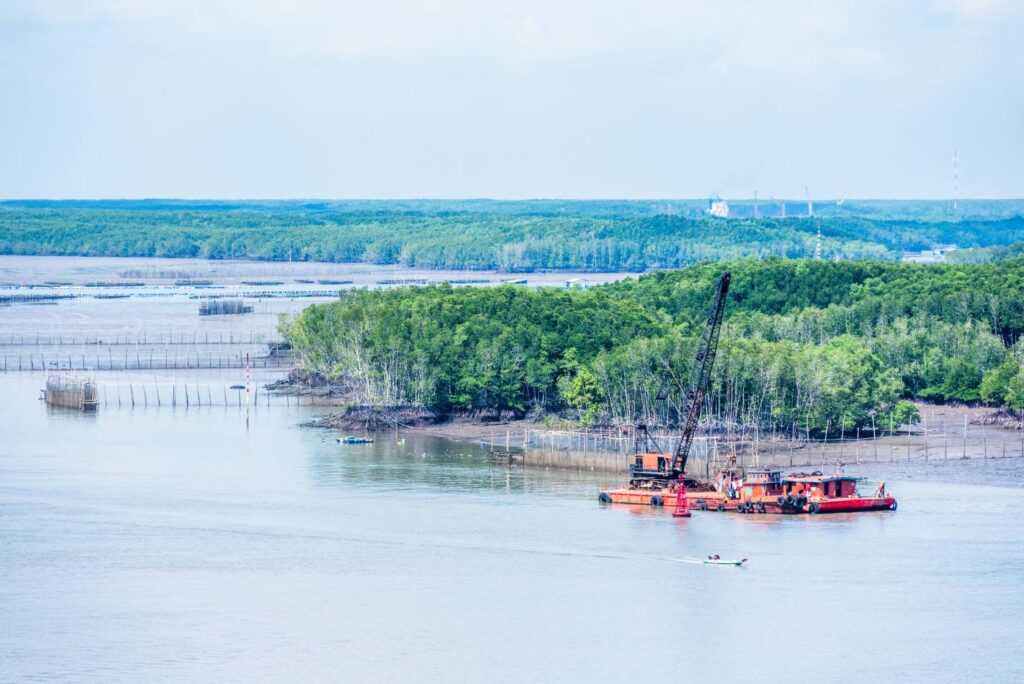
Dredging a lake is not only vital for maintaining waterway functionality but also plays a significant role in ecological restoration. One of the most notable environmental benefits of lake dredging is improved water quality. Over time, lakes accumulate organic matter, silt, and pollutants that can reduce oxygen levels and disrupt aquatic ecosystems. By removing this buildup, lake dredging restores natural water chemistry, enhances clarity, and reduces nutrient overload that can trigger harmful algae blooms.
Another key advantage of dredging a lake is restoring its aquatic habitats. Sediment removal creates deeper and more diverse underwater environments that support fish populations, aquatic plants, and invertebrates. When performed strategically, lake dredging promotes biodiversity by restoring natural bottom contours and enabling better circulation and light penetration, which are crucial for aquatic life to thrive.
Despite its benefits, lake dredging must be carefully managed to minimize negative environmental impacts. The process of sediment removal can disturb fish spawning grounds, displace benthic organisms, and release trapped contaminants into the water column. To address these challenges, it is crucial to use the right dredge for lake operations, typically equipment designed for precision and minimal disturbance. Employing silt curtains, conducting pre-dredge environmental assessments, and timing dredging activities to avoid sensitive breeding seasons are effective methods to reduce ecological stress. With careful planning and modern dredging techniques, the environmental impact of dredging a lake can be significantly mitigated while enhancing the long-term health of the water body.
Cost Management Strategies for Effective Lake Dredging
Managing the cost of dredging a lake requires a clear understanding of the operational variables that influence project expenses. One of the most significant cost factors is the scale and scope of the dredging operations. Larger lakes or areas with heavy sediment buildup demand more time, labor, and equipment, directly increasing overall costs. Additionally, the depth of sediment removal and the required precision can affect both the duration and complexity of the project.
Another key cost driver in lake dredging is the disposal of sediment. Once the material is removed from the lake, it must be transported and deposited in an environmentally approved manner. Whether using geotextile tubes, designated containment areas, or off-site landfills, each disposal method involves unique logistical and regulatory expenses. The type of material being dredged—such as contaminated sediment versus clean silt—also influences handling requirements and cost implications.
To ensure cost-efficiency while dredging a lake, several best practices can be applied. Efficient sediment handling and dewatering systems, such as hydraulic transport with inline separation or passive drying basins, can streamline operations and reduce hauling expenses. Selecting the right dredge for lake conditions, particularly compact and fuel-efficient equipment, can minimize fuel use and operator hours, further cutting costs.
Strategic timing and frequency also play a pivotal role in cost management. Performing regular maintenance dredging can prevent extreme sediment buildup, which leads to more expensive emergency dredging efforts. Scheduling dredging during low-use seasons or favorable weather windows can reduce delays and lower operational costs. By combining strategic planning with modern dredging technologies, lake dredging can be conducted efficiently without compromising environmental or budgetary goals.
Technological Advances in Lake Dredging
Recent advancements in technology have significantly improved the efficiency, accuracy, and environmental sustainability of dredging lakes. One of the most impactful innovations is the development of precision dredge for lake applications. These specialized machines are designed to operate in shallow or sensitive environments, providing controlled sediment removal that doesn’t disturb surrounding ecosystems. Compact and highly maneuverable, these dredges are ideal for lake dredging projects where access and accuracy are critical.
Remote-operated and automated dredging systems are also transforming how lake dredging is conducted. These systems reduce the need for on-site crews, enabling operators to manage equipment from a distance and improve safety and operational consistency. Automation enables continuous dredging with fewer errors, ensuring uniform sediment removal and maximizing productivity.
Real-time data acquisition has become another essential component of modern lake dredging. GPS-guided dredging equipment provides precise location tracking, enabling crews to follow exact dredge paths and avoid over-dredging or missing target areas. Additionally, sonar mapping and sediment analysis tools help identify sediment depth, composition, and areas requiring the most attention, resulting in more informed decision-making and reduced guesswork.
Looking ahead, the future of dredging lakes lies in further integrating smart technologies. This includes AI-driven dredging systems that adapt to site conditions in real-time, environmentally sensitive dredging algorithms, and autonomous dredge solutions for lakes that require minimal human oversight. As technology continues to evolve, lake dredging operations are becoming more sustainable, cost-effective, and environmentally responsible.
Best Practices for Conducting Successful Lake Dredging Projects
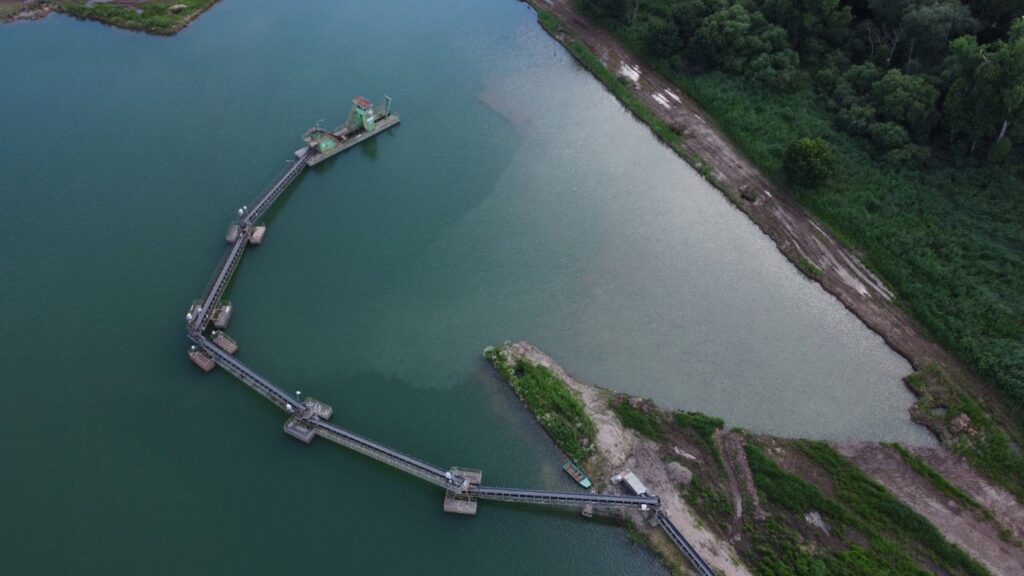
Achieving successful outcomes when dredging a lake requires a well-structured approach that balances operational efficiency, environmental responsibility, and community interests. The foundation of any effective lake dredging project is comprehensive planning and site assessment. This involves conducting detailed hydrographic surveys, sediment sampling, and environmental impact assessments to understand the lake’s current conditions. Such evaluations help determine the scope of work, identify sensitive areas, and define optimal dredging methods.
Regulatory compliance is another essential component. Lake dredging often involves navigating a complex framework of federal, state, and local regulations. Permits related to water quality, aquatic habitat protection, and sediment disposal must be secured before operations begin. Ensuring that all required approvals are in place not only avoids costly delays but also reinforces public and environmental accountability.
Selecting the right dredge for lake operations is crucial. Equipment should be chosen based on the type of sediment, water depth, and the size of the area to be dredged. For shallow or environmentally sensitive lakes, low-impact dredges with fine-tuned control and minimal turbidity generation are ideal. Choosing equipment suited to specific lake conditions enhances precision and helps minimize ecological disruption.
Lastly, community engagement and stakeholder management play a vital role in the success of dredging a lake. Transparent communication with residents, environmental groups, and regulatory bodies helps build trust and gain support for the project. Public meetings, progress updates, and impact mitigation plans should be part of the broader strategy. By aligning technical excellence with regulatory and social responsibility, lake dredging projects can meet both ecological goals and community expectations.
Challenges and Solutions in Lake Dredging Operations
Dredging a lake presents a unique set of operational challenges that require strategic planning and adaptive management. One of the most common issues is disposing of sediment. After lake dredging removes the accumulated material, the challenge lies in where and how to dispose of it. Sediment may contain organic waste, nutrients, or even contaminants that must be handled according to strict environmental guidelines. Limited access to nearby disposal sites and the cost of transport can further complicate the process.
Another major challenge involves environmental regulatory restrictions. Lake dredging operations are subject to oversight from multiple agencies that aim to protect water quality, aquatic ecosystems, and surrounding habitats. Permitting can be time-consuming, and regulations often limit when and how dredging activities can occur, particularly in ecologically sensitive areas or during spawning seasons.
To overcome these challenges, effective sediment management practices are essential. Using geotextile dewatering tubes, creating temporary containment basins, or repurposing dredged material for land reclamation or habitat restoration can offer environmentally responsible disposal solutions. Choosing the right dredge for lake operations—specifically, equipment designed for precision and low turbidity—also helps minimize environmental disturbance during sediment removal.
Communication with environmental authorities and local communities plays a critical role in navigating regulatory hurdles and maintaining public trust. Providing clear documentation, impact assessments, and ongoing updates helps foster transparency and support for the dredging project. By aligning technical strategies with environmental stewardship and community collaboration, many of the challenges associated with dredging a lake can be addressed proactively and effectively.
Sustainability and Environmental Stewardship in Dredging Practices
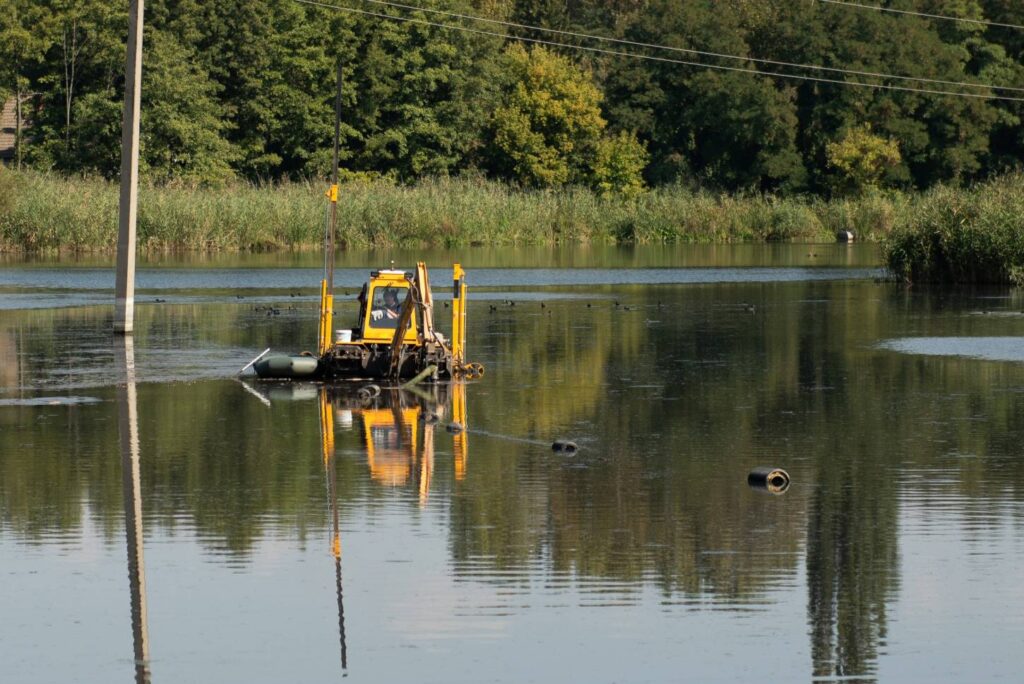
Sustainability is becoming a cornerstone of modern lake dredging approaches, as project owners and environmental agencies increasingly prioritize long-term ecological health. Sustainable dredging techniques focus on minimizing environmental disruption while achieving essential maintenance goals. This includes adopting eco-friendly sediment management solutions, such as using geotextile tubes for dewatering, repurposing clean dredged materials for shoreline reinforcement, or creating wetlands to naturally filter runoff.
One of the key goals of sustainable lake dredging is to promote biodiversity and preserve aquatic habitats. By carefully planning dredging operations around breeding seasons and avoiding disruption to sensitive vegetation zones, project teams can protect fish populations, amphibians, and aquatic plants. Choosing the right dredge for lake conditions also helps minimize turbidity and sediment resuspension, both of which can harm water quality and aquatic organisms.
The long-term ecological and economic benefits of sustainable dredging practices are substantial. Environmentally responsible strategies lead to healthier lake ecosystems, a reduced need for frequent maintenance, and an enhanced recreational and aesthetic value of the water body. Moreover, integrating sustainability into lake dredging reduces regulatory risks and enhances community and stakeholder support, creating a win-win scenario for both nature and human use.
Conclusion
Maintenance dredging remains an indispensable practice for keeping waterways safe, navigable, and ecologically balanced. By proactively managing sediment, project teams can enhance water quality, protect habitats, and reduce flood risks, all while controlling long-term costs. Modern innovations—from precision dredges for lake systems to real-time monitoring—allow crews to remove material efficiently with minimal disturbance. Sustainable strategies, such as eco-friendly sediment reuse, also reinforce shoreline resilience. When stakeholders plan thoroughly, comply with regulations, and maintain open communication, dredging a lake becomes not just a maintenance task but a forward-looking investment in the environmental and economic health of coastal and inland communities.
